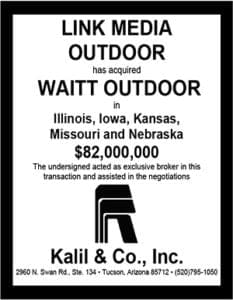
Many first-time commercial borrowers are shocked by the number and complexity of loan documents to get a “simple” business loan. As a retired banker, I can assure you it is no picnic for lenders either. Almost everyclause in every document has been added due to something that has gone poorly between a borrower and a lender and wound up in court or in front of some governing body that creates a new rule – most with the goal of protecting the borrower.
Loan documentation starts with a Note. A Note is the actual promise to repay. However, now almost every Note comes with a Borrowing Agreement. Borrowing Agreements are usually the longest document as they spell out every other thing that needs to be known or done before, during, and after the period the loan is outstanding. A large part of this spells out what happens if the loan is not repaid as agreed in the Note.
A vast majority of Notes are repaid as agreed, but as you can imagine, not repaying a Note as agreed usually means something has gone poorly – almost always for the borrower. For instance, many words in loan documentation are dedicated to the event of bankruptcy, which is a statistically rare event. Bankruptcy laws are complex, and borrowers’ and lenders’ rights and responsibilities are legally dictated in detail.
The Borrowing Agreement will reference other loan documents, which then go into more detail about specific elements of the loan such as collateral. The Security Agreement details the collateral and the terms and conditions of pledging and perfecting an interest in the collateral. For example, a vehicle may be pledged as collateral, but a lender is not perfected unless they are named on the title. Getting added to the vehicle title requires more documentation and recording the information with the appropriate agency. Filing a lien under the UCC laws also requires additional specific documentation and recording.
Using real estate or real estate instruments such as easements and leases has its own form of documentation – deeds, mortgages, and assignments – all of which have specific documentation and recording requirements. Usually, a title company will have to be involved to ensure the documentation and recordings are done correctly. Insurance is the operative issue because title companies collect a premium to ensure their work is done correctly.
All collateral comes with insurance considerations. Is it needed, what types of coverage, how much coverage, and getting named as a loss payee are just a few of the documentation issues. Real estate triggers additional documentation about potential environmental concerns and flood hazards, to name just a couple of the more common documentation issues.
I will end with Personal Guarantees. Lenders want individual owners to personally guarantee the loan to make sure the goals for their company are aligned with the lender’s goal, which is to get repaid on time and in full. There is ownership/equity risk and lending/credit risk. They are not the same. If your project or reason for borrowing does not support all the risk, with insurance as appropriate, then you should reconsider what you are doing. The better your plan, the lower your risk, and hopefully, the better your reward.
Ken Altena is a partner in Billboard Loans, LLC., a company which makes loans and equity investments of up to $1 million to out of home companies. You can reach Ken at 206-636-8478 or kenaltena@billboardloans.com
To receive a free morning newsletter with each day’s Billboard insider articles email info@billboardinsider.com with the word “Subscribe” in the title. Our newsletter is free and we don’t sell our subscriber list.
Paid Advertisement

















